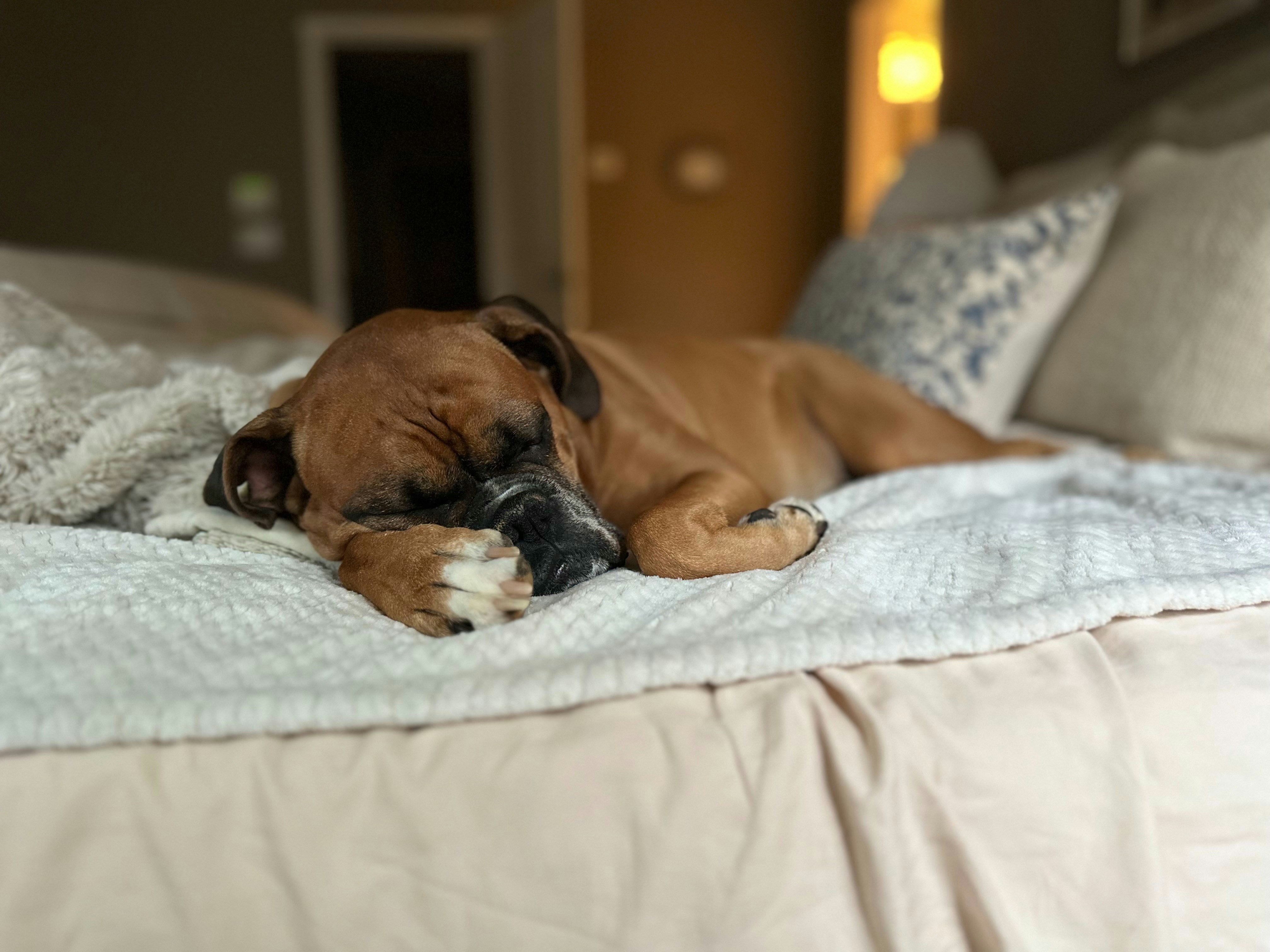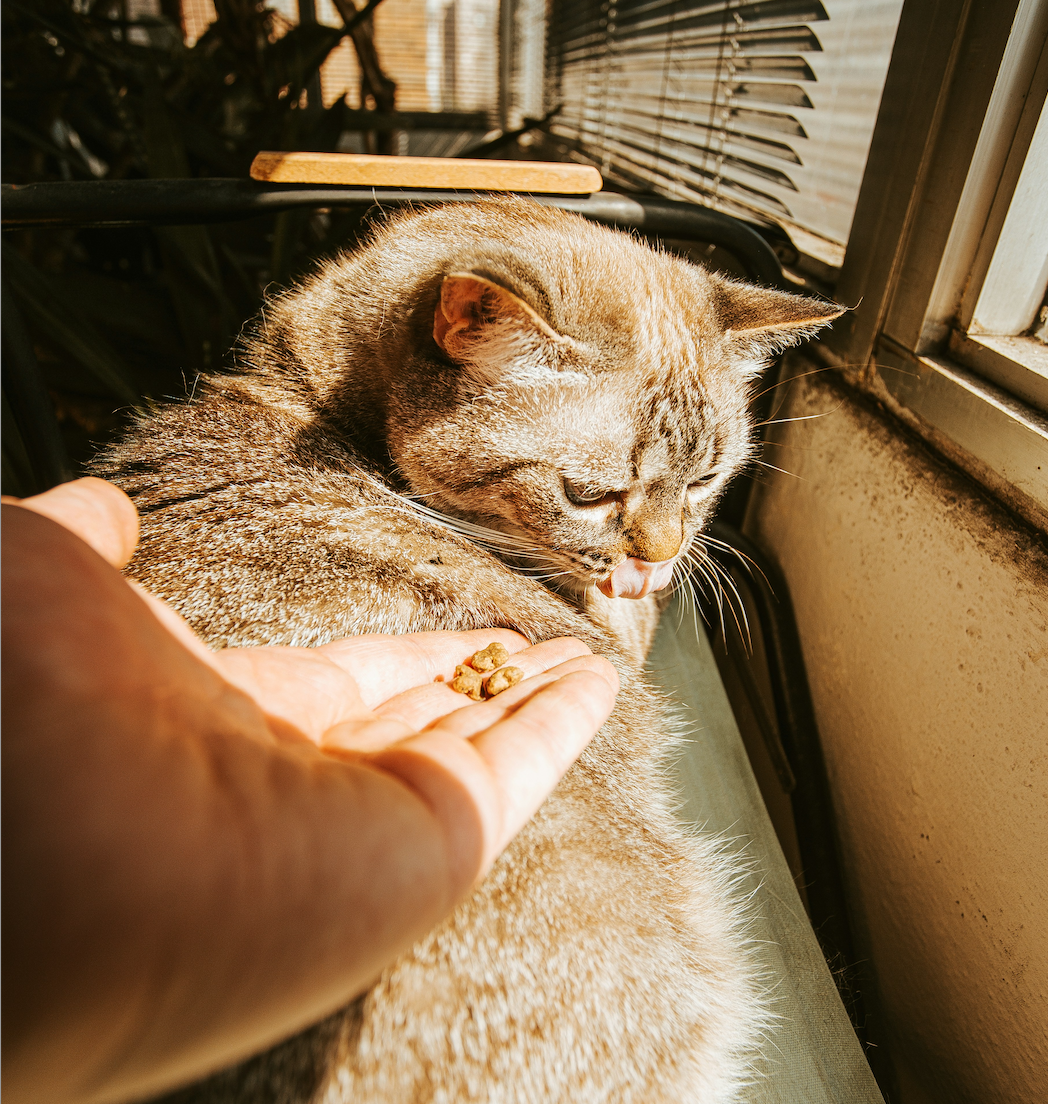Saying goodbye to a much loved pet hurts. For many children, this is the first time they meet loss up close. You want to protect them, yet you also want to tell the truth with care.
This guide offers simple steps for supporting children through pet loss. We cover honest words for hard news, ways to involve your child, small rituals that bring comfort, and how to keep talking in the days ahead. We also outline what an in-home visit looks like, so you know what to expect.
Every family is different. If you feel unsure about your child’s needs, please speak with a vet for personal advice.
How do I explain the loss to my child?
Children sense tension. Clear, simple words help them feel safe. Avoid vague phrases like “gone to sleep,” which risk confusion later. Try short sentences. Name the reason in plain terms, such as old age or serious illness. Say what will happen and what will not happen. Reassure them their pet no longer feels discomfort. End with love.
Simple words to try
- “The vet has checked. Muffin’s body has stopped working because of old age.”
- “We love her. She will not feel discomfort.”
- “We are saying goodbye at home so she feels safe.”
- “We will miss her. We will remember her together.”
Should my child be there for the goodbye?
Presence is a choice. Some children want to sit nearby and hold a favourite toy. Others prefer a hug in another room. Offer a real choice and respect the answer. If they join, explain the steps in advance in calm, plain language. Name who will be there, where everyone will sit, and what their role will be. A support person for your child helps, such as a partner or grandparent.
If your child joins the visit
- Set a quiet spot in the lounge or garden with a blanket, toy, or photo.
- Let them offer a small treat or place a flower by the collar.
- Share the order of events: a short check-in, gentle sedation, then the final injection.
- Invite goodbye words, silence, or a simple touch. No pressure.
What does supporting children through pet loss involve?
Support starts before the visit and continues after. Give honest updates, not surprises. Keep routines where possible, such as school and mealtimes. Offer jobs that show care, like choosing a blanket or making a card. After the goodbye, expect waves of mixed feelings. Some children cry. Some go quiet. Some move between play and tears. All of these are normal. Stay close, listen more than you speak, and check in over the next days and weeks.
Rituals and memorial ideas for kids
- Light a candle and share one happy memory each.
- Draw a picture or write a letter to your pet.
- Plant a small native in the garden, such as kōwhai or mānuka.
- Make a scrapbook with photos, paw prints, and stories.
- Visit your pet’s favourite spot in Auckland and say a few words.
Keep the conversation open
Children often return to big questions after the first day. Invite questions at bedtime or during a quiet walk. Use the same clear words you used at the start. Share your own feelings in simple terms, such as “I feel sad too, because I loved Poppy.” Mark dates that matter. The first weekend without them. A birthday. The day you welcomed them home. Small check-ins help grief feel safer and shared.
What to expect during an in-home visit
Many Auckland families choose a home setting for peace and privacy. Your vet will arrive, greet everyone, and explain the steps again. You choose the spot, often the lounge or a sunny corner. After a short check-in, your pet receives gentle sedation and relaxes. When everyone is ready, the vet gives the final injection. Your pet’s passing is quiet. You will have time to hold them and say goodbye. Your vet will guide aftercare and next steps, including transport if cremation is planned. Read about pet cremation options in Auckland to see what suits your family.
Read about in-home dog euthanasia and in-home cat euthanasia for more detail on the process.
When to seek extra support
Grief has no single timeline. Reach out for extra help if your child struggles to sleep, avoids school, loses interest in favourite things, or shows strong fear weeks on. Your vet connects you with grief resources. A school counsellor or your GP offers support. If you feel uncertain about timing or about whether your pet is suffering, a quality of life assessment offers clear guidance.
Common questions
What if my child shows no emotion?
Numbness happens. Offer closeness and open doors for talk later. Keep small rituals and gentle check-ins.
What if my child asks if the pet will come back?
Answer plainly. “No, Tui has died. We will not see her again, and we will remember her always.”
How long does grief last for children?
It varies. Many children move between play and sadness for weeks. Keep routines and space for feelings. Ask a vet or counsellor if worry grows.
Next steps for your family
Your child’s love for their pet runs deep. Honest words, choice about the goodbye, and small rituals help that love find a safe path. Grief often arrives in waves. Keep talking, keep routines steady, and return to favourite memories.
If you are unsure about timing, the visit itself, or aftercare, please speak with a vet. We are here to guide you through a home goodbye and the steps that follow.
Read about pet cremation options, or ask for a quality of life assessment if you are still weighing the decision. With support, children learn that love and loss sit side by side.







